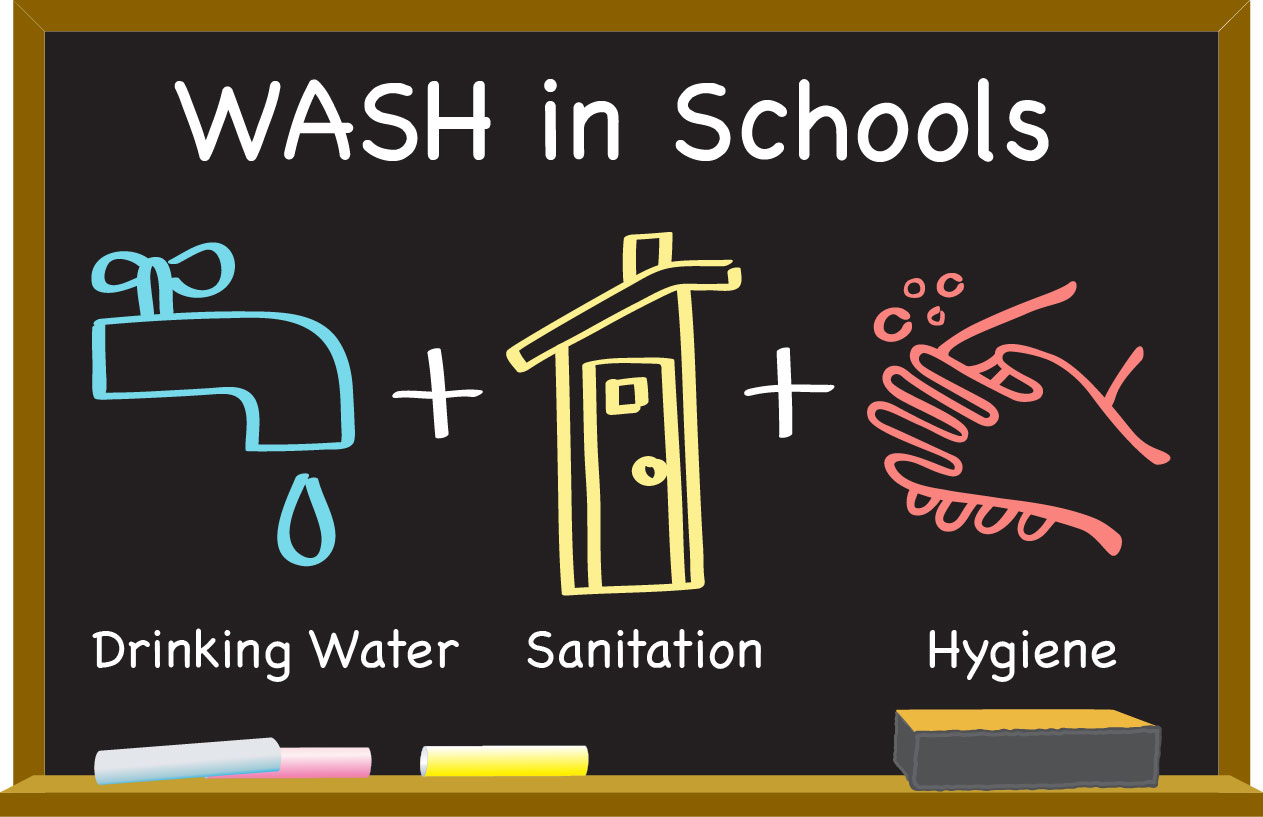WASH-WinS

About - Rotary India WinS Program

A key feature of the campaign is to ensure that government schools in India have a set of functioning and well maintained water, sanitation and hygiene facilities. It aims to improve the curriculum and teaching methods while promoting hygiene practices and community ownership of water and sanitation facilities within schools.
It improves children’s health, school enrollment, attendance and retention and paves the way for new generation of healthy children. WASH in Schools helps fulfill the universal right to education and health and meets its role in achieving the United Nations Millennium Development Goals, thereby increasing access to primary education, reducing child mortality, advancing gender equality and meeting targets for improving water and sanitation. Water, sanitation and hygiene in schools refers to a combination of technical and human development components that are necessary to develop and support appropriate health and hygiene behavior among children leading to a healthy school environment.
The technical components include drinking water, handwashing, toilet and soap facilities in the school compound for use by children and teachers. The human development components are the activities that promote conditions within the school and the practices of children that help to prevent water, hygiene and sanitation related diseases.
Key Elements of WASH in Schools
- Upgradation of sanitation facilities in schools including the construction of child friendly separate toilets for boys and girls wherever required and repairs of existing sanitation facilities.
- Sufficient group handwashing facilities with soap for students wherein groups of 10-12 students can wash hands at the same time.
- Child friendly Menstrual Hygiene Management (MHM) facilities including private space for changing and disposal of menstrual waste.
- Daily provision of child-friendly and sustainable safe drinking water and adequate water for handwashing.
- Provision for regular supply of cleaning materials & consumables to ensure that the WASH facilities are clean and well maintained.
- Activities and programs for staff & school children to promote the correct use & maintenance of facilities.
- Behavior Change Communication (BCC) messages integrated in regular curriculum.
- Strengthening of Child Cabinet/ School Management Committee (SMC) to lead WASH initiatives.
- Training teachers, SMC, Panchayat, Child Cabinet, parents etc. on the importance of WASH, MHM education, effective facilitation, financing, managing and monitoring of WinS program.









